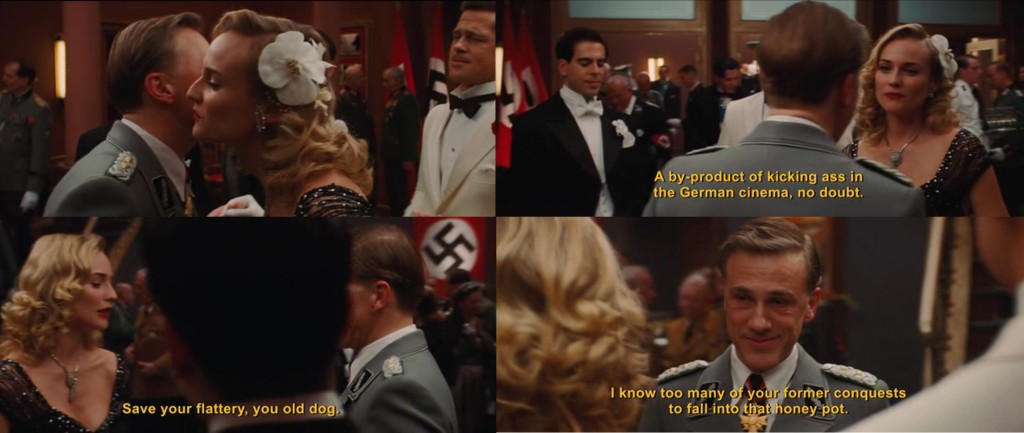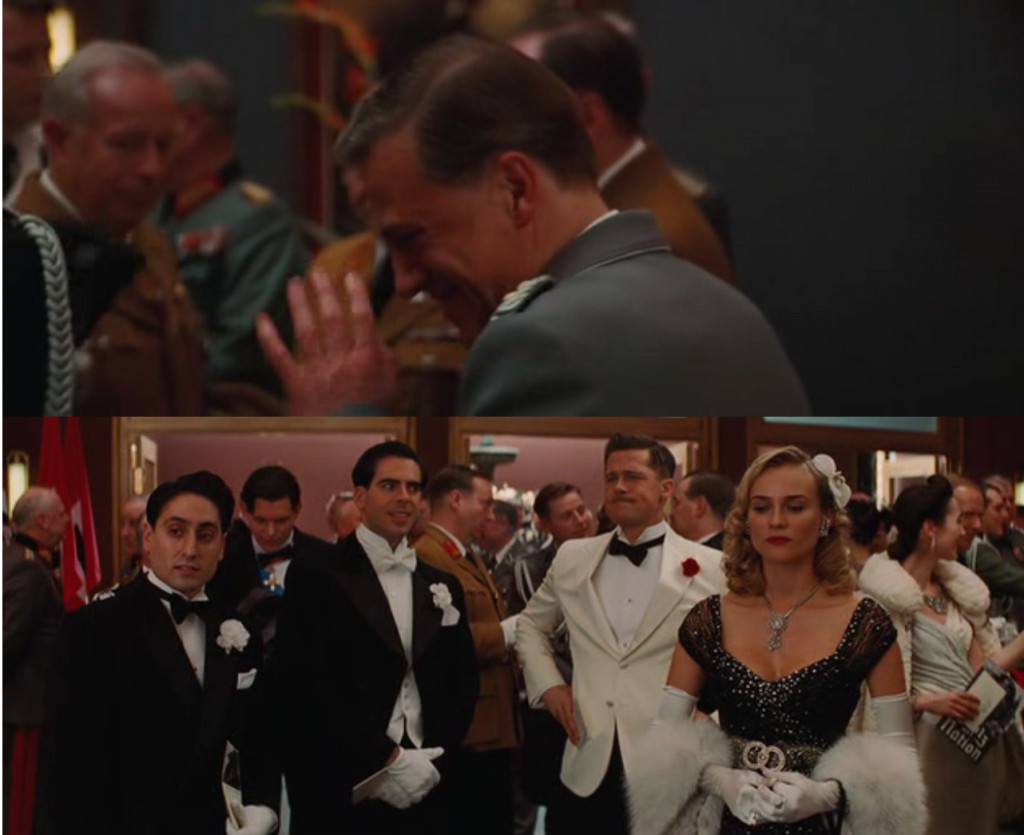After the exercise in which we were told to simply shoot some kind of action, preferably mundane, for 50 seconds, the idea of turning something that could be considered boring into something visually interesting on camera stood out to me. A particular action that I feel can be visually uninteresting, especially when filmed in an uninspired way, is talking. Any film with some level of complexity to its plot will generally require some scenes where talking is the central action. Often though, filmmakers will simply see these scenes as a means to get plot and characterisation out of the way, before they can get visually creative in the heavier action scenes. However, I feel that many great directors are able to avoid the basic repeated shot/reverse shot method of capturing dialogue, and make the often visually boring act more engaging.
One example of such directors is David Fincher, who is a heavy user of dialogue-heavy scenes. In Tony Zhou’s video essay, David Fincher – And the Other way is Wrong, he analyses as scene from Fincher’s 1997 film Se7en, asking ‘can he make it (a scene with just people talking) cinematic?’
As we find out, he can. Through shot length and eye lines, among other things, Fincher is able to visually suggest the importance of issues to certain characters compared to others, as well as hint at the relationships between three characters. Eye lines are used to show Somerset’s reluctance to accept Mills as a partner, as the former is shown to be avoiding the latter’s gaze. These considerations, even if not directly recognised when watching the film, are able to make for a much more engaging, and as Zhou puts it, cinematic experience.
This concept of making something visually mundane cinematic is an interesting one, and something that I value in a film. Another example of this comes from Quentin Tarantino’s Inglourious Basterds (2009), in scene towards the film’s climax, where the ‘bad guy’ Hans Landa is casually talking to the undercover ‘good guys’, though he and the audience are aware that he knows of their allegiances against him. This clearly sets up for a very high tension dialogue-heavy scene, but it is still just talking. Tarantino successfully makes this cinematic, perhaps in much less subtle way than Fincher, as he uses a circling tracking shot to go around the two parties as they talk, rather than a more conventional shot/reverse shot. As I said, this is a much ‘showier’ way of shooting dialogue compared to Fincher, but it is appropriate for the high tension of the scene, as well as the showy nature of Tarantino’s dialogue.
The camera, which circles the group several times, is very deliberately placed in this scene, as instances such as Landa’s (the bad guy) face being concealed shortly by another character, coinciding with his shift from playful banter to more stern interrogation. Things like this make the scene visually engaging, as do the lack of cuts, which add to the tension greatly. Also, when there finally is a cut, it is also highly inspired, as it cuts from Landa’s hysterical and contextually sinister laughter to the dumbfounded ‘good guys’ who very much suspect that they are suspected.
Another strong example of talking being cinematic is in Paul Thomas Anderson’s Inherent Vice (2014), a film that the director himself humorously describes as “kinda boring” with “just people talking in rooms”. Like Tarantino, Anderson makes great use of long single takes, though in this film they are considerably less showy. A good example of this is a 4-minute shot of Doc Sportello talking to Coy Harlingen, in what is meant to be a secret meeting.
In this shot, the camera gradually tracks in from a wide shot of the two, into a close up of just Doc. This dialogue being captured in a single take works so well due to the nature of the meeting, as the two are hoping not to be seen talking. This means that the framing of the single shot emphasises the lack of eye contact between the two. Also, at the end of the shot, when Coy leaves, the effect of his departure is greatly felt due to him having been in the same frame for over 4 minutes.
 These very different instances of talking being made to feel cinematic by filmmakers all make great use of framing, editing(or lack thereof), actors and camera movement. These are all things that I feel could be implemented in my practice throughout this semester and beyond, though I might not have access to actors of Joaquin Phoenix’s calibre.
These very different instances of talking being made to feel cinematic by filmmakers all make great use of framing, editing(or lack thereof), actors and camera movement. These are all things that I feel could be implemented in my practice throughout this semester and beyond, though I might not have access to actors of Joaquin Phoenix’s calibre.


